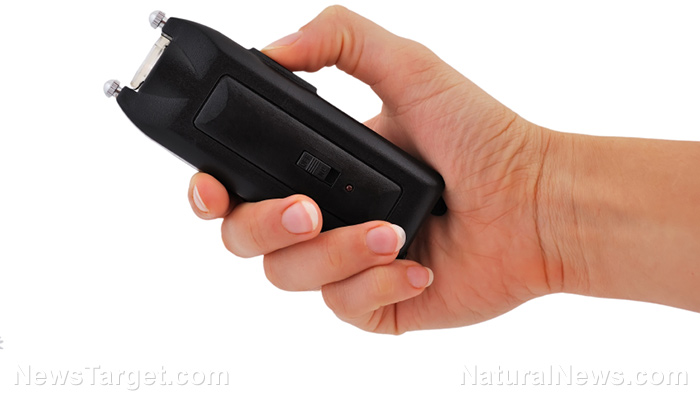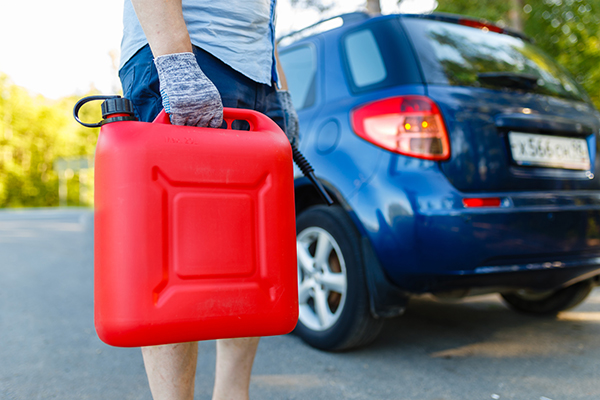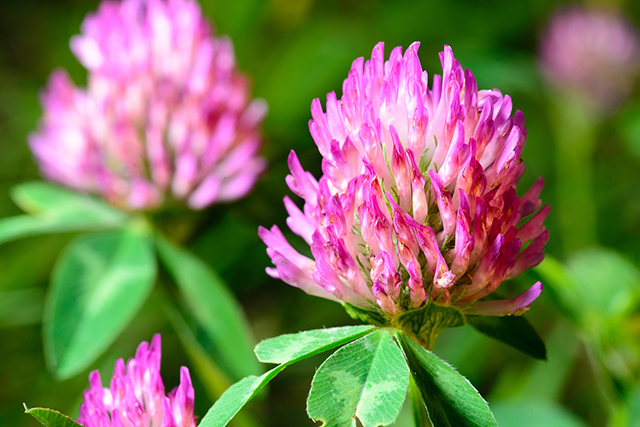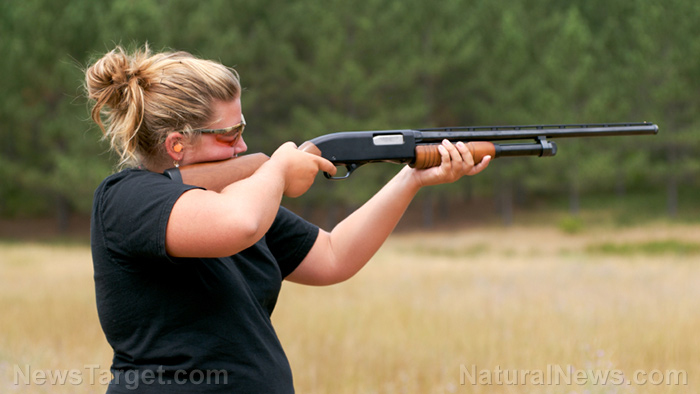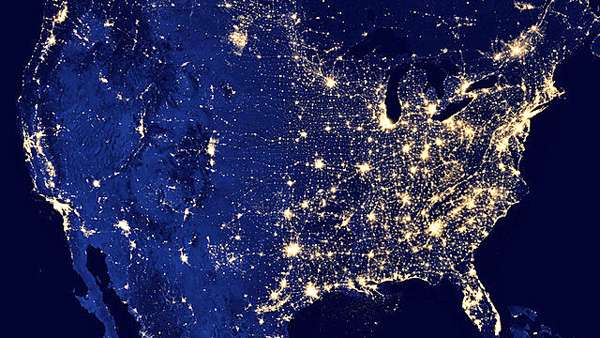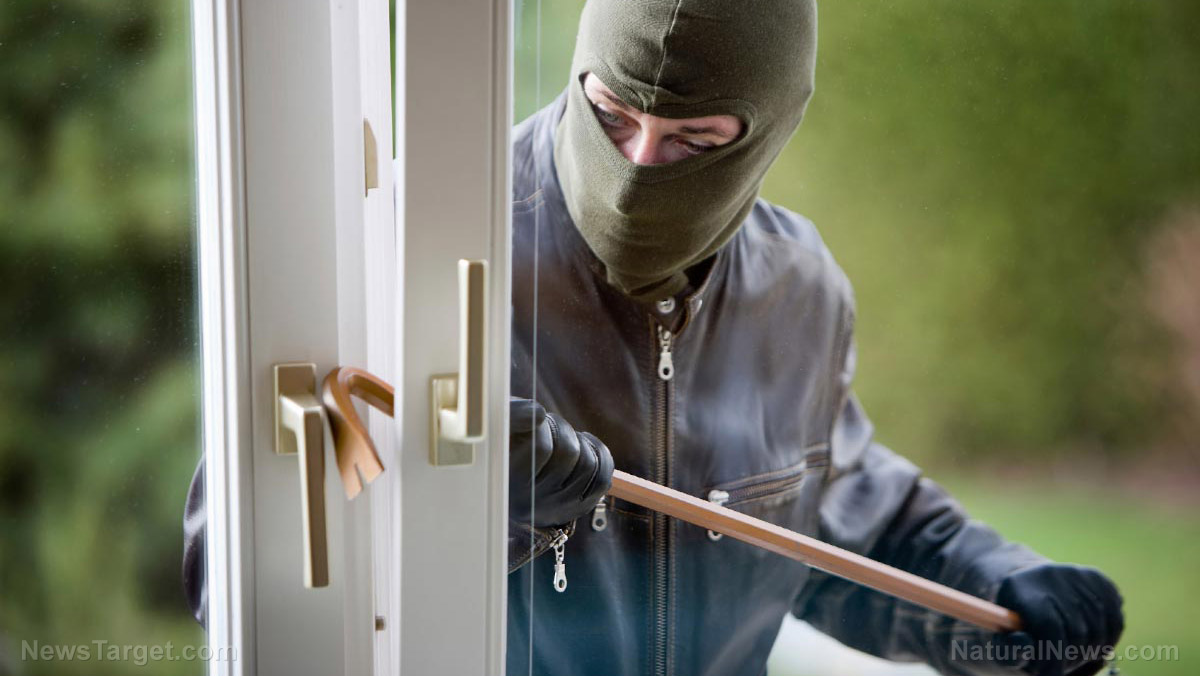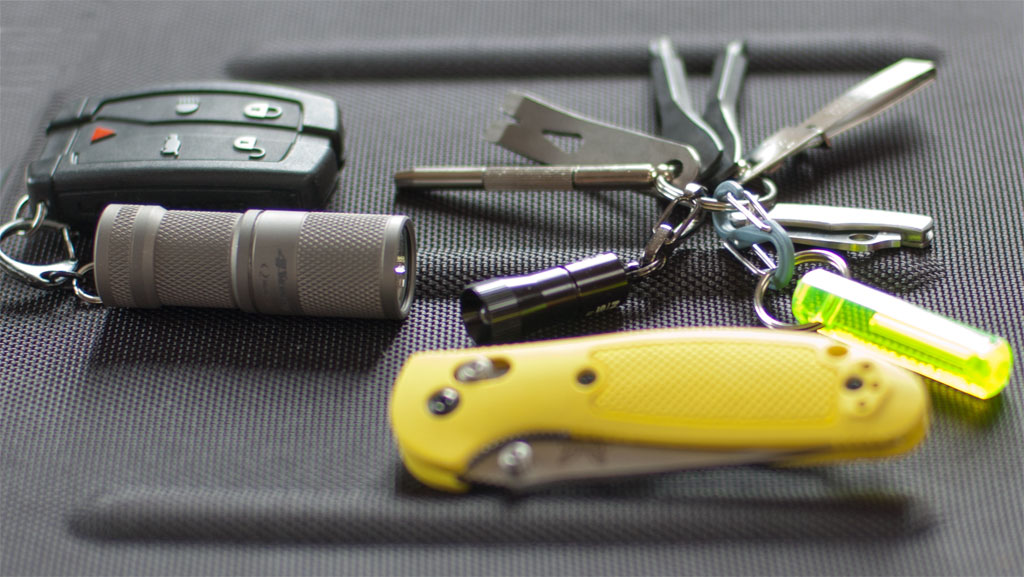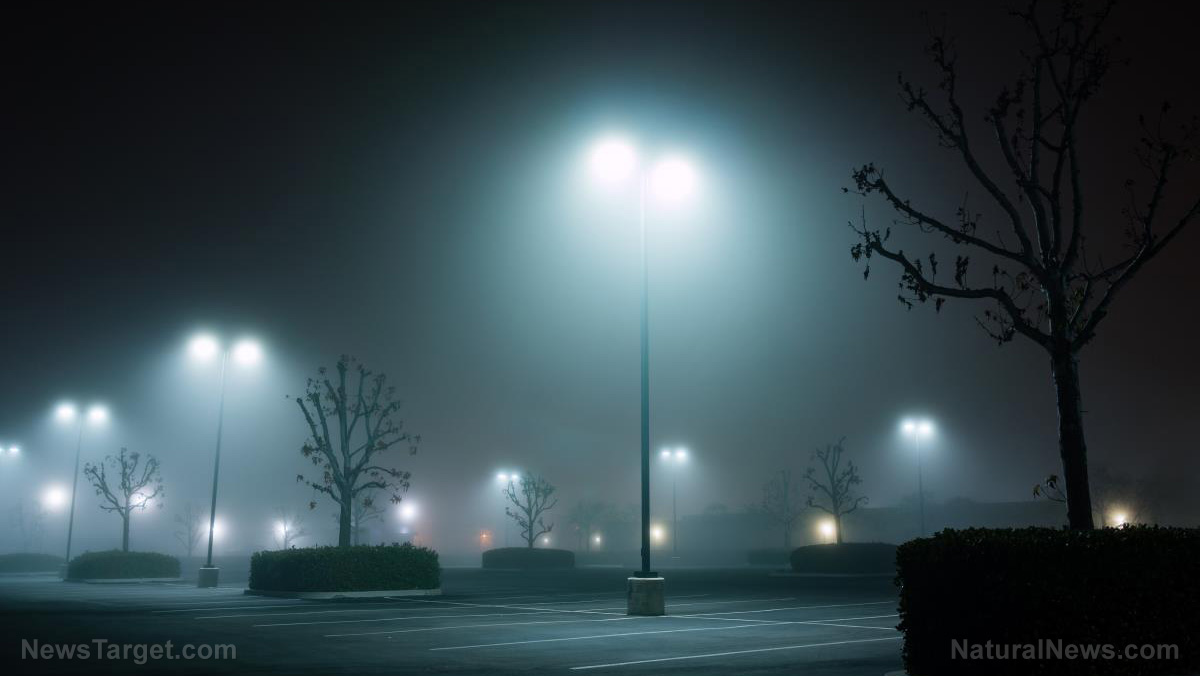Home gardening basics: 24 Plants to grow in a bucket garden
06/25/2020 / By Zoey Sky
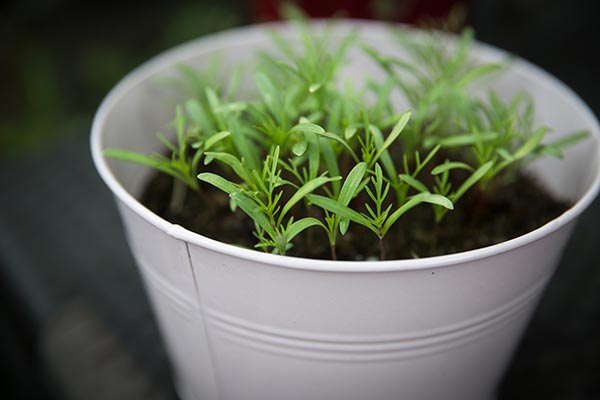
Bucket gardening is popular among urban preppers because it allows you to grow assorted herbs and vegetables even if you live in a small apartment. Also known as container gardening, this method is a great way to start your own garden if you’re a beginner who doesn’t want to feel overwhelmed with a full-sized backyard garden. (h/t to UrbanSurvivalSite.com)
Why bucket gardening is perfect for urban preppers
As an urban prepper, you need to be more creative with your preps, especially if you don’t have a lot of storage space. With bucket gardening, you can maximize every inch of space in your home or apartment by growing plants in small to medium-sized containers.
If you live in the suburbs or out in the country, bucket gardening also offers other benefits, such as being portable. If you’re worried about not being able to look after your crops after SHTF, simply move the buckets closer to your house.
Bucket gardening is also affordable. If you don’t want to spend money on buckets and assorted containers for your garden, you can upcycle common household items or look for containers in flea markets.
What to grow in your bucket garden
You can grow different plants in a bucket garden, but some crops are better suited to container gardening. Below are some plants that you can easily grow in a bucket at home.
- Beets
- Broccoli
- Cabbage
- Carrots
- Cauliflower
- Collard Greens
- Dwarf Banana
- Dwarf Orange
- Eggplant
- Garlic
- Kale
- Lettuce
- Mustard Greens
- Okra
- Onions
- Peas
- Peppers
- Potatoes
- Radishes
- Rice
- Strawberries
- Sweet corn
- Swiss chard
- Tomatoes
Containers to use in your bucket garden
Drill or poke holes in the bottom of all growing containers for proper water drainage. Add an inch of gravel at the bottom of your bucket or chosen container to improve drainage.
Ideally, you should use sturdy five-gallon buckets to grow your crops. But if you don’t have access to buckets, you can use other containers such as:
- Old laundry baskets
- Large tin cans
- Plastic 55-gallon drums
- Plastic food tubs
- Plastic pots
- Plastic storage tubs
- Terra cotta pots
- Toy bins
- Trash cans (Drill holes on the sides for small plants to grow out of.)
- Troughs
- Wooden barrels
If you want to use a container that’s not included in the list above, feel free to do so as long as it has good drainage and it is big enough for the plant you wish to grow.
Things to consider before you start container gardening
Before you buy seeds and assorted containers for your garden, sit down and determine how you’re going to use your harvest. Are you going to plant enough for one person or a whole family? Do you want to have enough veggies left so you can preserve food for when SHTF? How much space can you use for your container garden?
Once you answer these questions, you can figure out how much space you should take up and how to proceed with your bucket garden. (Related: Remain self-sufficient during the coronavirus pandemic by growing vegetables in buckets.)
Preserving your harvest
Even with a bucket garden, you can have enough left over to preserve in your survival stockpile. You don’t need to purchase expensive equipment if you want to preserve food. You can set up your own solar dehydrator and use sunshine to dry the herbs or vegetables.
If you don’t mind spending money on useful equipment, you can purchase an electric dehydrator that you can use for herbs, fruits and vegetables. Alternatively, you can preserve food using either pressure canning or water bath canning. A residential grade dehydrator costs about $75 to $150 while the home canning equipment needed to use both the water bath and pressure method of preserving food costs around $200.
If you plan to store preserved food in Mason jars or vacuum-sealed bags, don’t store more than one meal’s worth of food in them. If you open a storage container more than once, the food inside gets continually exposed to moisture, which reduces its longevity.
By starting a bucket garden, you can grow food even in a small space and provide your family with fresh and nutritious herbs and vegetables after SHTF.
Sources include:
Tagged Under: bucket gardening, container gardening, emergency food, food independence, food supply, gardening tips, green living, home gardening, homesteading, indoor gardening, organics, preparedness, prepping, self sufficiency, self-reliance, survival, survival food, sustainable living, vegetable garden, vegetables
Get independent news alerts on natural cures, food lab tests, cannabis medicine, science, robotics, drones, privacy and more from NewsTarget.com
Get independent news alerts on natural cures, food lab tests, cannabis medicine, science, robotics, drones, privacy and more from NewsTarget.com
RECENT NEWS & ARTICLES
COPYRIGHT © 2017 · SURVIVAL NEWS



